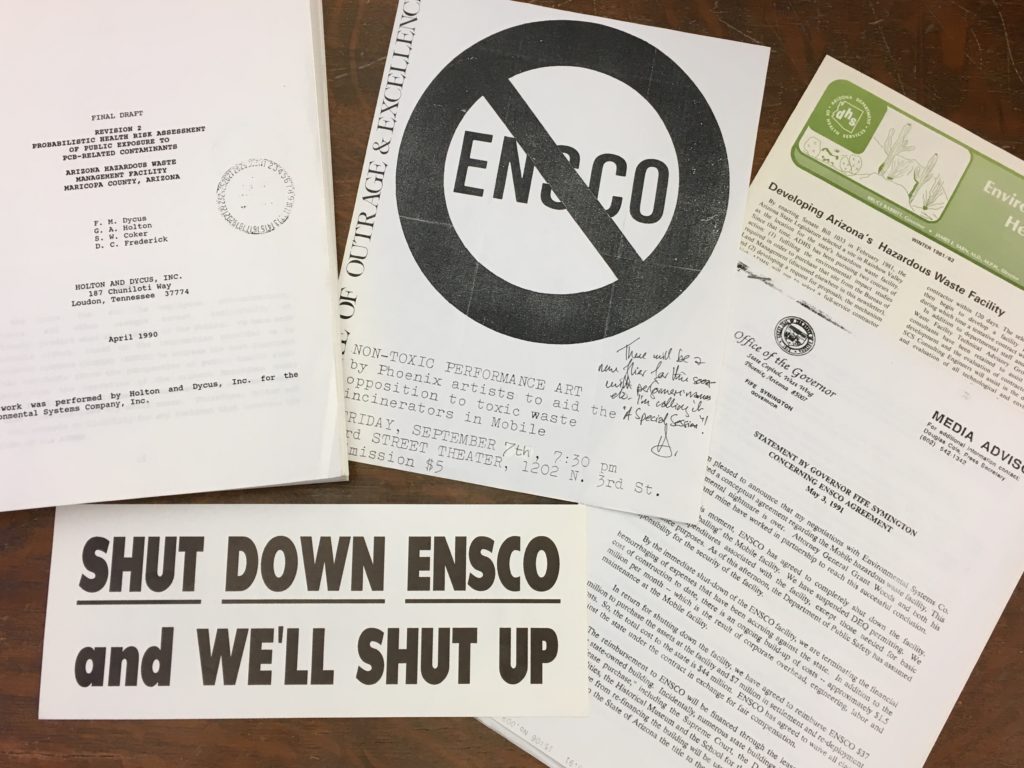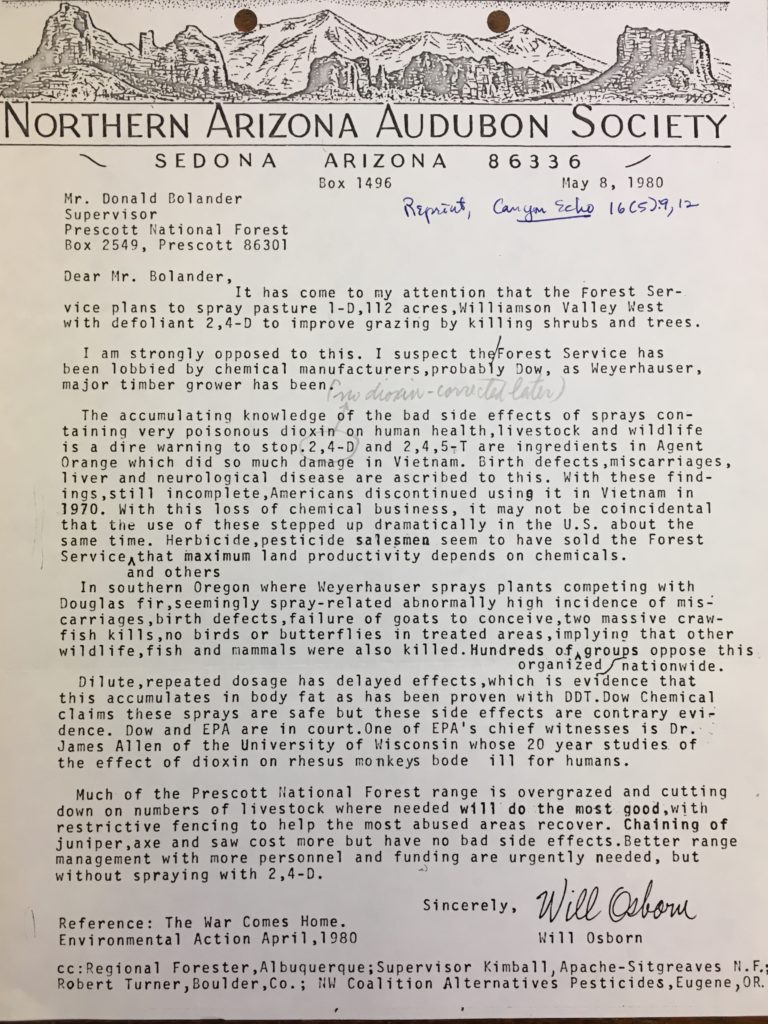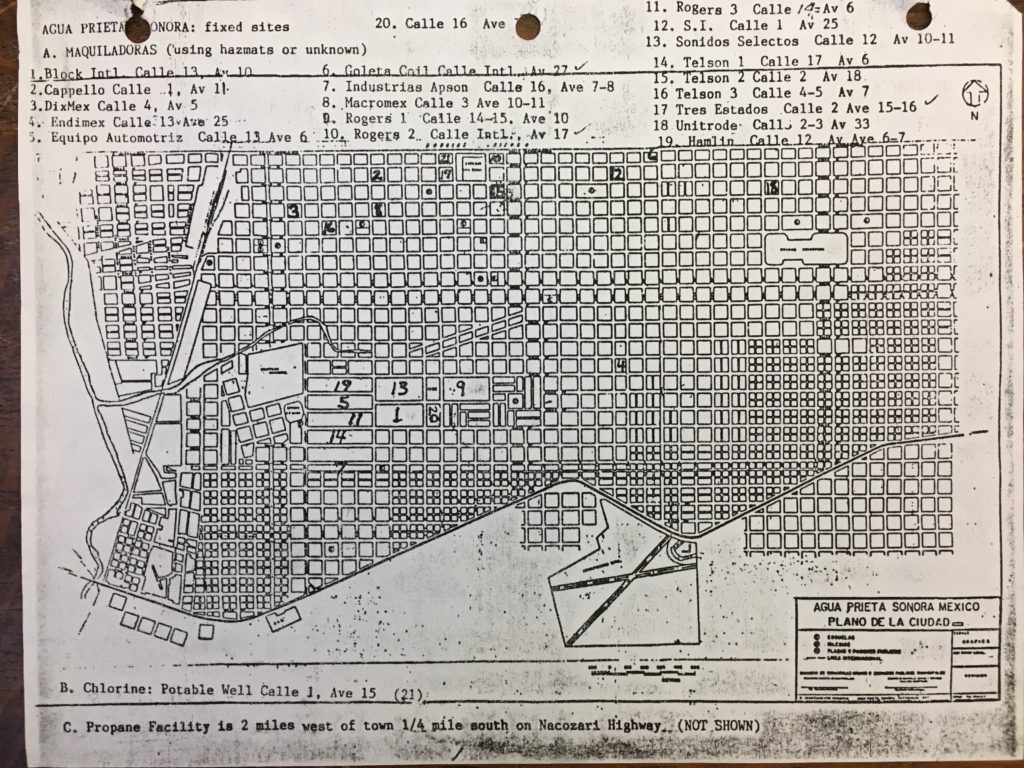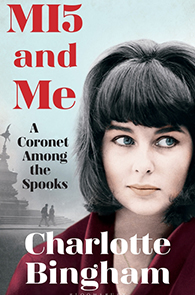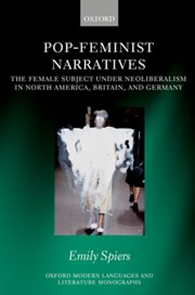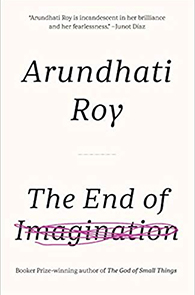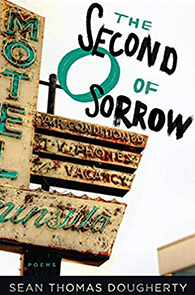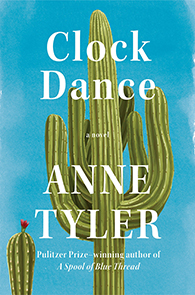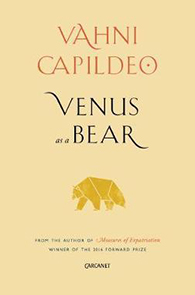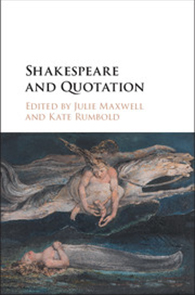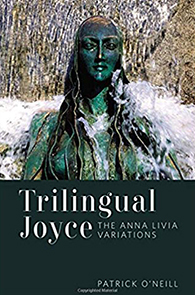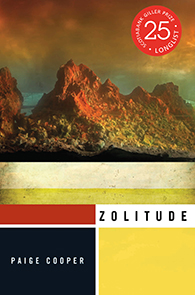Tag: new resources
New Project Release: Marion and Herb Sandler Oral History Project
New Project Release: Marion and Herb Sandler Oral History Project
Herb Sandler and Marion Osher Sandler formed one of the most remarkable partnerships in the histories of American business and philanthropy—and, if their friends and associates would have a say in things, in the living memory of marriage writ large. This oral history project documents the lives of Herb and Marion Sandler through their shared pursuits in raising a family, serving as co-CEOs for the savings and loan Golden West Financial, and establishing a remarkably influential philanthropy in the Sandler Foundation. This project consists of eighteen unique oral history interviews, at the center of which is a 24-hour life history interview with Herb Sandler.
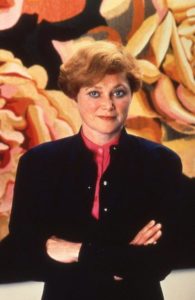
Marion Osher Sandler was born October 17, 1930, in Biddeford, Maine, to Samuel and Leah Osher. She was the youngest of five children; all of her siblings were brothers and all went on to distinguished careers in medicine and business. She attended Wellesley as an undergraduate where she was elected into Phi Beta Kappa. Her first postgraduate job was as an assistant buyer with Bloomingdale’s in Manhattan, but she left in pursuit of more lofty goals. She took a job on Wall Street, in the process becoming only the second woman on Wall Street to hold a non-clerical position. She started with Dominick & Dominick in its executive training program and then moved to Oppenheimer and Company where she worked as a highly respected analyst. While building an impressive career on Wall Street, she earned her MBA at New York University.
Herb Sandler was born on November 16, 1931 in New York City. He was the second of two children and remained very close to his brother, Leonard, throughout his life. He grew up in subsidized housing in Manhattan’s Lower East Side neighborhood of Two Bridges. Both his father and brother were attorneys (and both were judges too), so after graduating from City College, he went for his law degree at Columbia. He practiced law both in private practice and for the Waterfront Commission of New York Harbor where he worked on organized crime cases. While still living with his parents at Knickerbocker Village, he engaged in community development work with the local settlement house network, Two Bridges Neighborhood Council. At Two Bridges he was exposed to the work of Episcopal Bishop Bill Wendt, who inspired his burgeoning commitment to social justice.
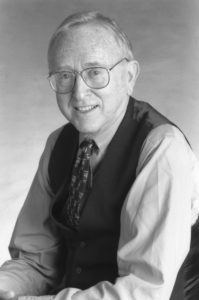
Given their long and successful careers in business, philanthropy, and marriage, Herb and Marion’s story of how they met has taken on somewhat mythic proportions. Many people interviewed for this project tell the story. Even if the facts don’t all align in these stories, one central feature is shared by all: Marion was a force of nature, self-confident, smart, and, in Herb’s words, “sweet, without pretentions.” Herb, however, always thought of himself as unremarkable, just one of the guys. So when he first met Marion, he wasn’t prepared for this special woman to be actually interested in dating him. The courtship happened reasonably quickly despite some personal issues that needed to be addressed (which Herb discusses in his interview) and introducing one another to their respective families (but, as Herb notes, not to seek approval!).
Within a few years of marriage, Marion was bumping up against the glass ceiling on Wall Street, recognizing that she would not be making partner status any time soon. While working as an analyst, however, she learned that great opportunity for profit existed in the savings and loan sector, which was filled with bloat and inefficiency as well as lack of financial sophistication and incompetence among the executives. They decided to find an investment opportunity in California and, with the help of Marion’s brothers (especially Barney Osher), purchased a tiny two-branch thrift in Oakland, California: Golden West Savings and Loan.
Golden West—which later operated under the retail brand of World Savings—grew by leaps and bounds, in part through acquisition of many regional thrifts and in part through astute research leading to organic expansion into new geographic areas. The remarkable history of Golden West is revealed in great detail in many of the interviews in this project, but most particularly in the interviews with Herb Sandler, Steve Daetz, Russ Kettell, and Mike Roster, all of whom worked at the institution. The savings and loan was marked by key attributes during the forty-three years in which it was run by the Sandlers. Perhaps most important among these is the fact that over that period of time the company was profitable all but two years. This is even more remarkable when considering just how volatile banking was in that era, for there were liquidity crises, deregulation schemes, skyrocketing interest rates, financial recessions, housing recessions, and the savings and loan crisis of the 1980s, in which the entire sector was nearly obliterated through risky or foolish decisions made by Congress, regulators, and managements. Through all of this, however, Golden West delivered consistent returns to their investors. Indeed, the average annual growth in earnings per share over 40 years was 19 percent, a figure that made Golden West second only to Warren Buffett’s Berkshire Hathaway, and the second best record in American corporate history.
Golden West is also remembered for making loans to communities that had been subject to racially and economically restrictive redlining practices. Thus, the Sandlers played a role in opening up the dream of home ownership to more Americans. In the offices too, Herb and Marion made a point of opening positions to women, such as branch manager and loan officer, previously held only by men. And, by the mid-1990s, Golden West began appointing more women and people of color to its board of directors, which already was presided over by Marion Sandler, one of the longest-serving female CEOs of a major company in American history. The Sandlers sold Golden West to Wachovia in 2006. The interviews tell the story of the sale, but at least one major reason for the decision was the fact that the Sandlers were spending a greater percentage of their time in philanthropic work.
One of the first real forays by the Sandlers into philanthropic work came in the wake of the passing of Herb’s brother Leonard in 1988. Herb recalls his brother with great respect and fondness and the historical record shows him to be a just and principled attorney and jurist. Leonard was dedicated to human rights, so after his passing, the Sandlers created a fellowship in his honor at Human Rights Watch. After this, the Sandlers giving grew rapidly in their areas of greatest interest: human rights, civil rights, and medical research. They stepped up to become major donors to Human Rights Watch and, after the arrival of Anthony Romero in 2001, to the American Civil Liberties Union.
The Sandlers’ sponsorship of medical research demonstrates their unique, creative, entrepreneurial, and sometimes controversial approach to philanthropic work. With the American Asthma Foundation, which they founded, the goal was to disrupt existing research patterns and to interest scientists beyond the narrow confines of pulmonology to investigate the disease and to produce new basic research about it. Check out the interview with Bill Seaman for more on this initiative. The Program for Breakthrough Biomedical Research at the University of California, San Francisco likewise seeks out highly-qualified researchers who are willing to engage in high-risk research projects. The interview with program director Keith Yamamoto highlights the impacts and the future promise of the research supported by the Sandlers. The Sandler Fellows program at UCSF selects recent graduate school graduates of unusual promise and provides them with a great deal of independence to pursue their own research agenda, rather than serve as assistants in established labs. Joe DeRisi was one of the first Sandler Fellows and, in his interview, he describes the remarkable work he has accomplished while at UCSF as a fellow and, now, as faculty member who heads his own esteemed lab.
The list of projects, programs, and agencies either supported or started by the Sandlers runs too long to list here, but at least two are worth mentioning for these endeavors have produced impacts wide and far: the Center for American Progress and ProPublica. The Center for American Progress had its origins in Herb Sandler’s recognition that there was a need for a liberal policy think tank that could compete in the marketplace of ideas with groups such as the conservative Heritage Foundation and the American Enterprise Institute. The Sandlers researched existing groups and met with many well-connected and highly capable individuals until they forged a partnership with John Podesta, who had served as chief of staff under President Bill Clinton. The Center for American Progress has since grown by leaps and bounds and is now recognized for being just what it set out to be.
The same is also true with ProPublica. The Sandlers had noticed the decline of traditional print journalism in the wake of the internet and lamented what this meant for the state of investigative journalism, which typically requires a meaningful investment of time and money. After spending much time doing due diligence—another Sandler hallmark—and meeting with key players, including Paul Steiger of the Wall Street Journal, they took the leap and established a not-for-profit investigative journalism outfit, which they named ProPublica. ProPublica not only has won several Pulitzer Prizes, it has played a critical role in supporting our democratic institutions by holding leaders accountable to the public. Moreover, the Sandler Foundation is now a minority sponsor of the work of ProPublica, meaning that others have recognized the value of this organization and stepped forward to ensure its continued success. Herb Sandler’s interview as well as several other interviews describe many of the other initiatives created and/or supported by the foundation, including: the Center for Responsible Lending, Oceana, Center on Budget and Policy Priorities, Learning Policy Institute, and more.
Herb and Marion Sandler also played key roles in the formation and funding of two important research centers here on the UC Berkeley campus which have a global reach: the Berkeley Center for Equitable Growth (CEG) and the Human Rights Center. The CEG is directed by economist Emmanual Saez and has supported the influential work of Thomas Piketty which looks at methods for reducing wealth and income disparities around the globe. The Human Rights Center has for the past 25 years investigated and shed light upon human rights abuses around the globe.
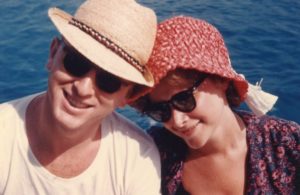
A few interviewees shared the idea that when it comes to Herb and Marion Sandler there are actually three people involved: Marion Sandler, Herb Sandler, and “Herb and Marion.” The later creation is a kind of mind-meld between the two which was capable of expressing opinions, making decisions, and forging a united front in the ambitious projects that they accomplished. I think this makes great sense because I find it difficult to fathom that two individuals alone could do what they did. Because Marion Sandler passed away in 2012, I was not able to interview her, but I am confident in my belief that a very large part of her survives in Herb’s love of “Herb and Marion,” which he summons when it is time to make important decisions. And let us not forget that in the midst of all of this work they raised two accomplished children, each of whom make important contributions to the foundation and beyond. Moreover, the Sandlers have developed many meaningful friendships (see the interviews with Tom Laqueur and Ronnie Caplane), some of which have spanned the decades.
The eighteen interviews of the Herb and Marion Sandler oral history project, then, are several projects in one. It is a personal, life history of a remarkable woman and her mate and life partner; it is a substantive history of banking and of the fate of the savings and loan institution in the United States; and it is an examination of the current world of high-stakes philanthropy in our country at a time when the desire to do good has never been more needed and the importance of doing that job skillfully never more necessary.
Martin Meeker, Charles B. Faulhaber Director, Oral History Center, UC Berkeley
List of Interviews of the Marion and Herbert Sandler Oral History Project
Ronnie Caplane, “Ronnie Caplane: On Friendship with Marion and Herb.”
Joseph DeRisi, “Joe DeRisi: From Sandler Fellow to UCSF Professor of Biochemistry.”
Stephen Hauser, “Stephen Hauser: Establishing the Sandler Neurosciences Center at UCSF.”
Russell Kettell, “Russ Kettell: A Career with Golden West Financial.”
Thomas Laqueur, “Tom Laqueur: On the Meaning of Friendship.”
Bernard Osher, “Barney Osher: On Marion Osher Sandler.”
Michael Roster, “Michael Roster: Attorney and Golden West Financial General Counsel.”
Kenneth Roth, “Kenneth Roth: Human Rights Watch and Achieving Global Impact.”
Herbert Sandler, “Herbert Sandler: A Life with Marion Osher Sandler in Business and Philanthropy.”
James Sandler, “Jim Sandler: Commitment to the Environment in the Sandler Foundation.”
Susan Sandler, “Susan Sandler: The Sandler Family and Philanthropy.”
William Seaman, “Bill Seaman: The American Asthma Foundation.”
Paul Steiger, “Paul Steiger: Business Reporting and the Creation of ProPublica.”
Richard Tofel, “Richard Tofel: The Creation and Expansion of ProPublica.”
Coastal Tales: The Long Struggle to Preserve California’s Coast – New Podcast Just Launched!
by Todd Holmes
“The true history of the Coastal Commission is what you don’t see, namely the developments along the coast the agency either denied or significantly scaled back.”
In 1972, the citizens of California voted overwhelmingly to create a new agency charged with regulating all development along the state’s coastline, an agency that became known as the California Coastal Commission. For nearly 50 years, the Commission has worked with coastal communities to shape development along California’s shore, efforts guided by the dual aims of environmental protection and public access. It is often said that the true history of the Coastal Commission is what you don’t see, namely the developments along the coast the agency either denied or significantly scaled back. This “unseen” history stands at the heart of the 15-episode podcast, Coastal Tales: The Long Struggle to Preserve California’s Coast, a production of the Oral History Center at UC Berkeley in partnership with the Bill Lane Center for the American West at Stanford University. We’ve just launched the pilot episode about saving Lighthouse Point in Santa Cruz, and the rest of the podcast is slated to be released in the fall of 2020.
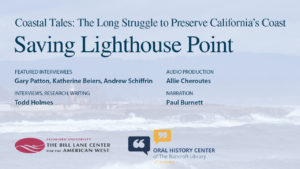
The pilot episode, “Saving Lighthouse Point,” tells the story of the fight in Santa Cruz during the early 1970s against massive development that sought to turn one of the city’s last open parcels of coastal land into a bustling tourist and business hub. Bolstered by the creation of the Coastal Commission, the citizens of Santa Cruz organized and challenged the city council’s support of the project, ultimately saving Lighthouse Point. The successful campaign not only came to stand as a testament to the Coastal Commission and its influence in many coastal communities, but also would prove a watershed moment in the history of Santa Cruz.
Each episode of the podcast will feature a specific site on the state’s coastline and detail the story of a proposed development that, if not for the Coastal Commission, would have significantly altered those sites and communities forever. Led by Todd Holmes, a historian at the Oral History Center and affiliated scholar with Stanford’s Bill Lane Center, the podcast draws on oral history interviews currently underway with former staff and commissioners of the agency, as well as community activists closely involved with the Commission over the decades. The project also draws on Holmes’ research conducted with the California Coastal Commission Project, which the Bill Lane Center initiated in 2014. When complete, the 15 episodes of Coastal Tales will be housed on a dedicated website that will feature the full transcripts of the interviews along with additional information and resources on the history of the Commission. The public will also eventually be able to access the episodes at the sites themselves with the scan of a QR code.
If you’d like to learn more about this project, please contact Todd Holmes at todd.holmes@berkeley.edu or 510-666-3687. You can also support our future episodes by writing California Coastal Commission in the special instructions section of the donation form.
Listen to the pilot episode, read the oral histories, and and be sure to stay tuned for more information!
Environmental Justice Grit in the Borderlands
Environmentalists make terrible neighbors, but great ancestors. – David Brower
It would be difficult not to notice a common thread of diligent, dogged persistence across the broad spectrum of environmental justice activism. This tenacity, coupled with a long view of the world and a whole lot of hard work, is what makes for some of the most successful environmental justice campaigns.
While success cannot be measured in one brief moment or win where environmental issues are concerned, each victory adds to the larger picture of global environmental awareness and health of the planet. Multiple stories of such environmental justice grit can be found in the collections at The Bancroft Library and one collection in particular is the newly opened records of Arizona Toxics Information.
Focused primarily on environmental concerns in the Arizona/Mexico border region during the 1970s through 1990s, Arizona Toxics Information was founded by conservationist Michael Gregory in 1990. The collection also includes materials collected by Gregory before Arizona Toxics Information was established when he worked with the Sierra Club Grand Canyon Chapter and grassroots environmental groups. Gregory had been employed by the United States Forest Service in the early 1970s and had witnessed the spraying of herbicide 2,4,5-T in national forests while he was stationed at fire outlook towers. 2,4,5-T is one of the main components of Agent Orange, which had already been banned for use in Vietnam due to its known harmful health effects and birth defects. From there, Gregory set about to research, collect information, write articles and lobby to end the practice of herbicide, pesticide and insecticide spraying in national forests and range lands.
In addition to the fight for pesticide use awareness and regulations, Arizona Toxics also ran several successful campaigns to shut down the Phelps-Dodge Corporation’s Douglas Reduction Works (copper smelter), the ENSCO hazardous waste management facility (PCB incinerator), and to improve the overall air and water quality of Arizona. As the Environmental Protection Agency’s Integrated Environmental Plan for the U.S.-Mexico Border Area and the North American Free Trade Agreement (NAFTA) were being drafted in the early 1990s, Arizona Toxics Information lobbied and organized grassroots groups on both sides of the border to share information and rally for a multitude of environmental commitments in the agreements. These commitments included providing the public the “right-to-know” about pollutants being released from factories on both sides of the United States-Mexico border, regulating maquiladoras (factories in Mexico that are generally owned and operated by foreign companies which assemble products often to be exported back to the country of that company), and developing emergency disaster plans to respond to hazardous waste accidents.
The current status of NAFTA casts some doubt on the future of these agreements. The opening of the records of Arizona Toxics Information provides timely documentation of hard-won environmental justice victories on the US-Mexico border.
The processing of the Arizona Toxics Information records is part of a two-year NHPRC-funded project to process a range of archival collections relating to environmental movements in the West. A leading repository in documenting U.S. environmental movements, The Bancroft Library is home to the records of many significant environmental organizations and the papers of a range of environmental activists.
New Books in Literature for October
As fall approaches and the weather begins to cool down, it’s the perfect time of year to curl up with a slice of pumpkin pie and a good book. Where better to find your next read than the library literature collection? The books we recently received have something for everyone—whether you’re looking for poetry, prose, or criticism.
Charlotte Bingham
Emily Spiers
Arundhati Roy
Sean Thomas Dougherty
Anne Tyler
Capildeo Vahni
Edited by Julie Maxwell and Kate Rumbold
Patrick O’Neill
Paige Cooper
Check out the rest of the new acquisitions!
Want a book that we don’t have in the library? Request it here.
New Portal for Digital Collections of UC Berkeley’s Japanese Special Collections
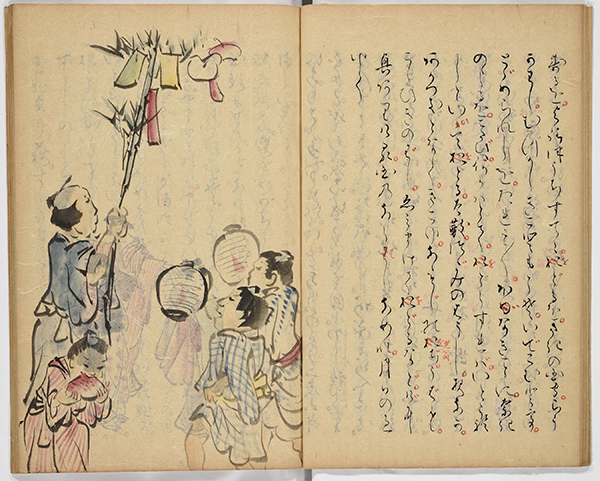
Tsuchiya, Ayako 土屋斐子 b. 1759 . Izumi nikki 和泉日記 [Diary in Izumi Province].
Hand-written manuscript, after 1809. From Japanese Manuscripts Collection.
Since 2006, the Art Research Center, Ritsumeikan University (Kyoto, Japan) and the C. V. Starr East Asian Library have been engaged in collaboration to digitize parts of the Library’s Japanese special collections. Today we are pleased to introduce a portal website for these digital collections, which provides free access to digital surrogates of the following UC Berkeley’s rare and historical sources related to Japan for research, teaching, and exploration. In addition, the portal also provides access to digital images provided by other research institutions (see Berkeley Joint Project, Rare Book Database, which includes over 90,000 titles of Japanese rare books).
Old and Rare Books 古典籍: A small selection from the Library’s Edo printed books and manuscripts collections, mostly from the Mitsui collection acquired in 1950. The collection includes the links to digital images of 760 titles in the Database of Pre-Modern Japanese Works provided by the National Institute’s Japanese Literature.
Copperplate Prints 銅版画: Consists of ca. 2,400 individual prints produced in Japan between 1855 and 1920, distributed in various formats. The collection originally owned by Mitsui Takakata (1867-1945).
Sugoroku Sheets 双六: Consists of ca. 150 sugoroku sheets produced in Japan in the Edo through the Taisho periods. The collection originally owned by Mitsui Takakata (1867-1945).
Fine Art Auction Catalogs 美術品入札目録: A small selection from the Library’s art auction catalog collection printed during the Meiji through the Showa periods, mostly from the Mitsui collection.
To browse all the digital surrogates, click “search” or “検索” button in any of the above mentioned databases. New materials are added periodically.
For any questions, contact Toshie Marra at tmarra@library.berkeley.edu.
Now Online: Images from Glass Negatives of the Panama-Pacific International Exposition
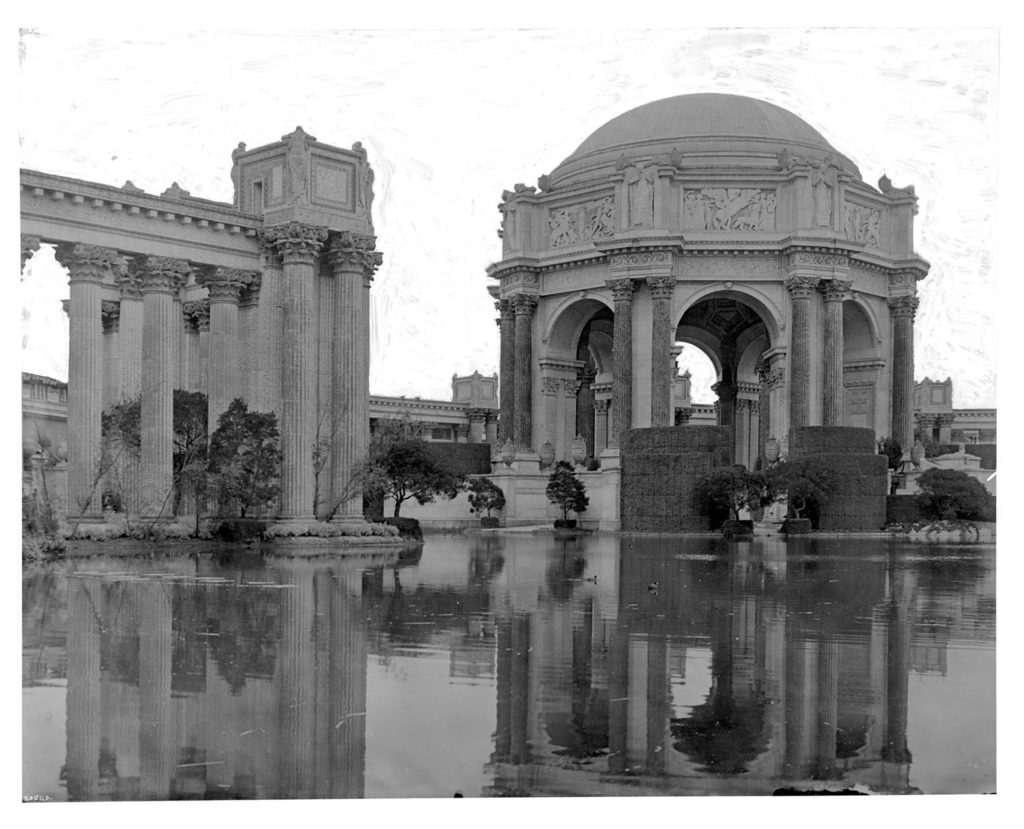
The Bancroft Pictorial Processing Unit is proud to announce that The Edward A. Rogers collection of Cardinell-Vincent Company and Panama-Pacific International Exposition Photographs has been organized, archivally housed, individually listed, and made (substantially) available online. This work was accomplished over two years, thanks to grant support from the National Endowment for the Humanities and, of course, careful hard work on the part of many library staff.
In this blog posting, Project Archivist Lori Hines describes some of the most challenging (and rewarding) work; preserving and providing access to fragile and often damaged glass negatives.
Handling Glass Plate Negatives: A Lesson in Mindfulness
The Rogers collection of Panama Pacific International Exposition photographs, received as a gift in 2014, includes over 2,000 glass negatives. These fragile items required special handling and archival containers with padding. Hardest to work with were approximately 150 oversize glass negatives ranging from 11 x 14 inches to 12 x 20 inches. Antique glass can become brittle and, of course, is heavy. From handling to wheeling the negatives back and forth to the conservation department and the digital lab, one had to be very conscious of every move and step taken.
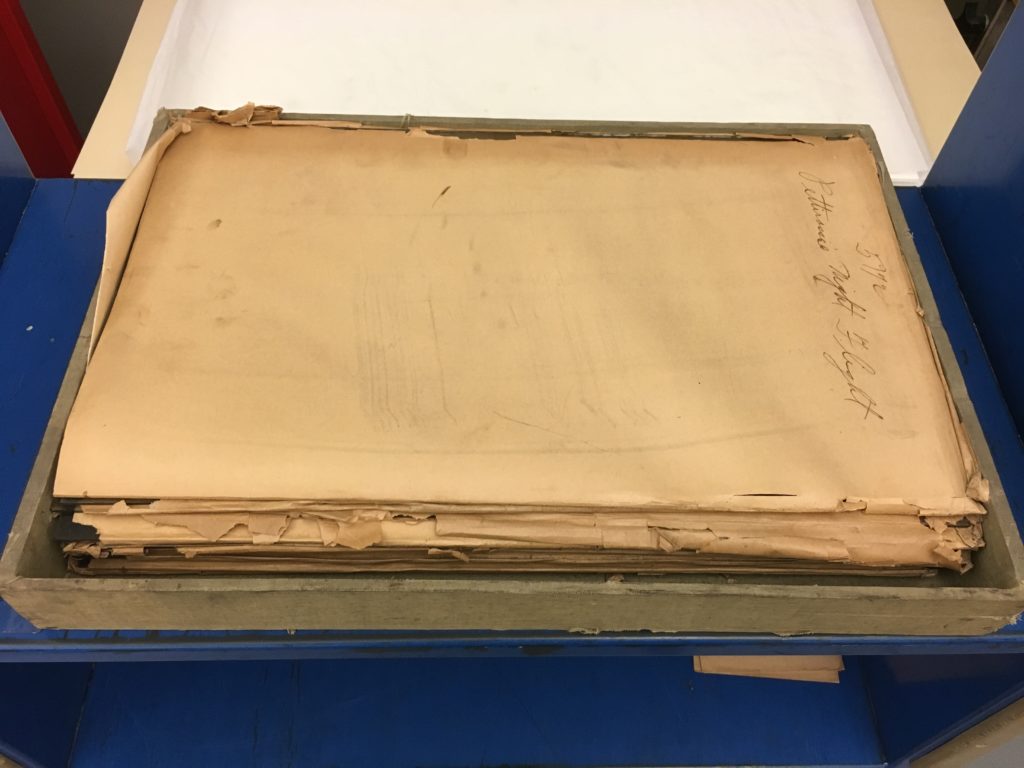
This first photo shows how the negatives were received in the library. Note they have no padding between the plates and there are only original, brittle sleeves to protect them. A stack of ten or fifteen is very heavy and getting your fingers under one, to lift it off the stack, is challenging. The weight of the negatives on top of each other is also a risk — the antique glass can easily crack under the weight.
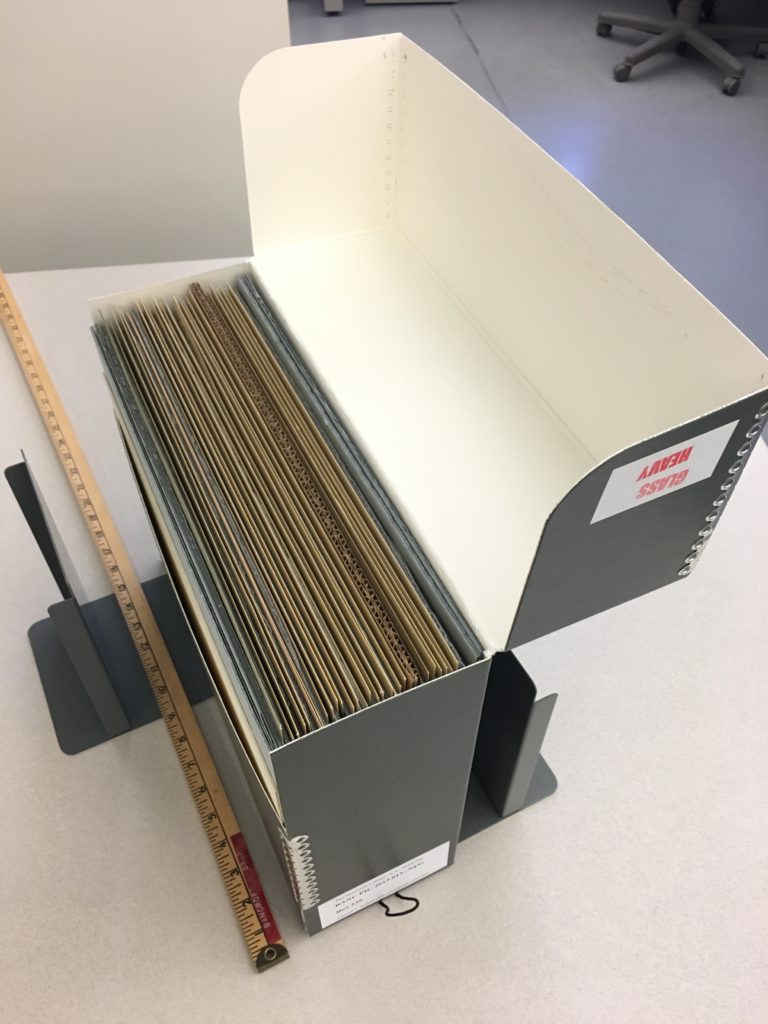
This photo shows how the negatives have been housed by library staff; vertically with corrugated archival cardboard around each. Our library conservators designed the housing to limit box weight, to provide protective padding, to protect the plates from abrasion as they’re removed, and to make handling safer.
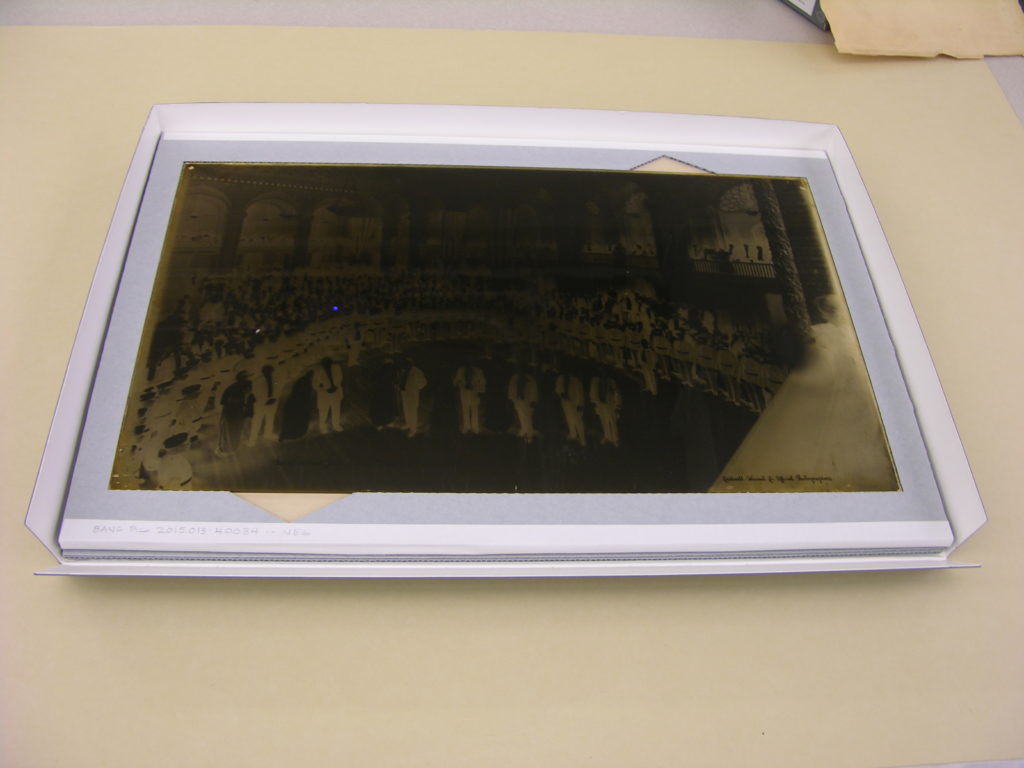
The largest plates, at 12 x 20 inches, needed another housing solution because it was impractical to store them upright, but the weight of one on another was a concern. The Library’s Conservation Department built custom trays to hold each 12 x 20 negative, with just three plates (and their trays) in an archival box that is stored flat on a cabinet shelf.

The negatives are handled on the long side of the glass to offer best support and, during the cleaning, housing, and inventory process, are rested on a piece of thin foam padding to buffer any impact with the work table.
About 10% of the negatives arrived broken. To be digitized, we had to re-piece the broken negatives together on a supporting sheet of glass, like a puzzle, then hand it off immediately to the photographer in the Library’s Digital Imaging Lab. The glass sheet with the broken negative on top was then placed on a light table, so it was lit from behind, to be captured by the digital camera. The light table and camera are visible in the background of this image.
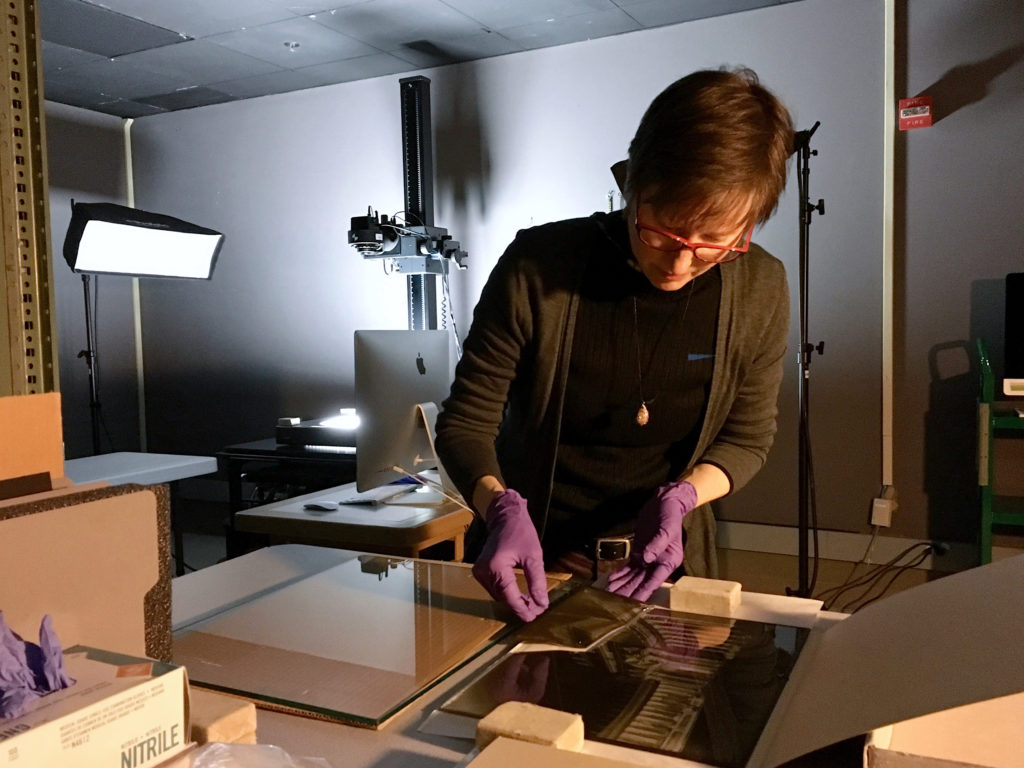
The results were often quite satisfying, as can be seen in this example of a badly broken glass negative that was pieced together.
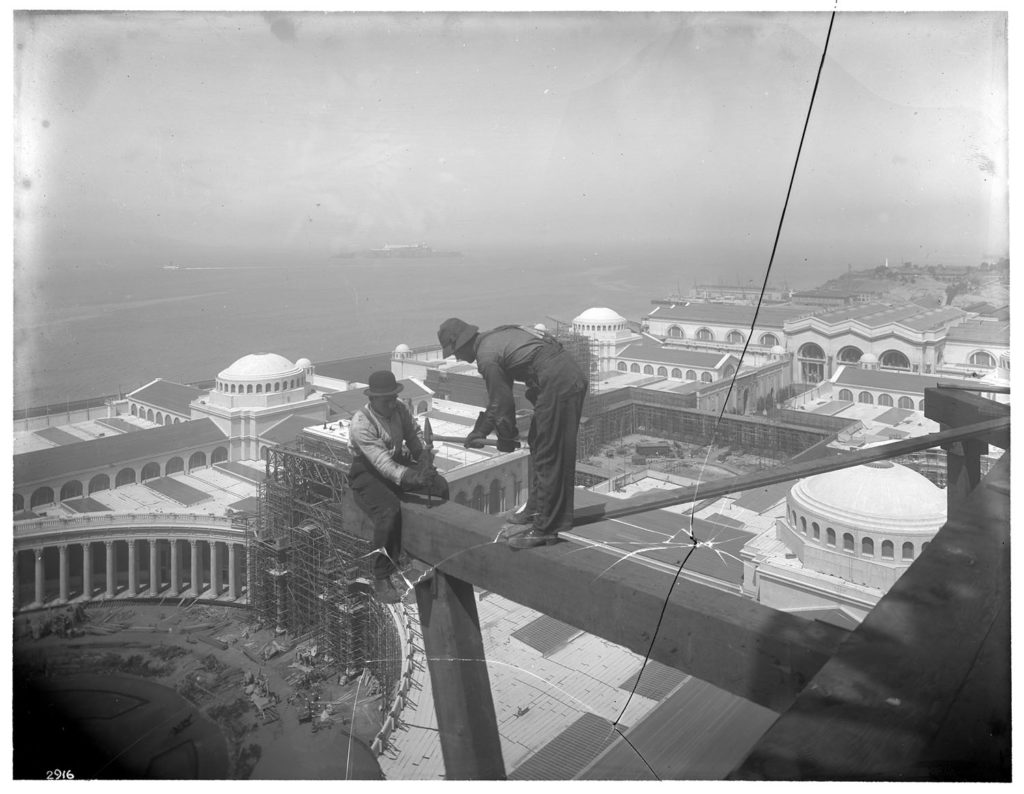
The finding aid describing and listing the entire Rogers collection, with more than 2,000 digital images, may be viewed at the Online Archive of California.
To browse examples of images scanned from broken plates, try searching the finding aid for “negative is broken”, and navigating through the results, or by browsing this Calisphere website search that retrieves just the broken-plate images.
Special thanks go to Christine Huhn and the staff of the Digital Imaging Lab; Hannah Tashjian, Erika Lindensmith, Martha Little, and Emily Ramos of the Conservation Department; staff of the Library Systems Office and the California Digital Library that worked with us to get the material online; to Gawain Weaver Art Conservation (contractors for preservation and scanning of panoramic film negatives), and to the Bancroft Pictorial Unit team that devoted much or their 2016-2018 work life to this effort: Lori Hines, Lu Ann Sleeper, and a crew of student staff.
Case Studies in Marijuana Policy: 3 Part Webinar Series
Want to learn from the experiences of other states working to develop and manage the effects of marijuana policy? Here are 3 webinars that are one hour long each that may help. Hosted by RTI International, these webinars are moderated by RTI experts and feature presentations from state representatives.
Part 1: The Challenge of Edibles
Part 2: The Impact of Legalization on Youth
Part 3: Driving While High (available soon)
Note: Part 1 webinar requires Adobe Connect or Adobe Flash to view. Part 2 is a YouTube video. The slides are in pdf format.
Indoor Environments & Green Buildings Policy Resource Center
Would you like to easily search for other states’ laws for indoor air quality (IAQ)? For school environmental health? Then this resource might be of interest to you!
The Environmental Law Institute (ELI) has developed just such a resource. Its Indoor Environments & Green Buildings Program provides information to support the development and implementation of sound policies to address key health and environmental issues in design, construction, operation, and maintenance of schools, homes, and other buildings.
In the ELI Policy Resource Center, you’ll find a database of state IAQ laws that cover a range of IAQ issues. As a subset of it, you can search for topics in school environmental health separately.
You’ll also find research reports on IAQ in homes and schools; policy briefs like the one on Indoor Air Quality in Nail Salons; and profiles of innovative state programs such as the Washington State Department of Health’s Guidance on Improving Ventilation and Indoor Air Quality during Wildfire Smoke Events.
New Developmental and Reproductive Toxicology (DART) Subject Filter
NLM PubMed provides search filters to aid in searching selected topics.Subject filters restrict retrieval to specific subjects. A new subject filter strategy
was recently added. The Developmental and Reproductive Toxicology (DART) subject filter was created to facilitate searching for subjects in the area of teratology and other aspects of developmental and reproductive toxicology.
This filter can also be used in a search as . For example, if you wanted to find articles on the developmental and reproductive toxicological effects of mercury, you might try a search like:
mercury AND dart[sb]
Found under the Subjects tag on the PubMed Special Queries page, you can scroll down to the name and simply click on it to run the search in PubMed. Once here, you’ll find this and other special pre-canned PubMed queries.
Want to see what the underlying search strategy looks like? You can view it online here.
When using these, you will want to review any of these search strategies that you may use to make sure they cover everything you want them to cover.
Best Babies Zone Basics: A Step-by-Step Guide
Are you interested in eliminating racial inequities in birth outcomes? Would you like to see how one initiative tackled this issue? Then read on!
BBZ Basics is a step-by-step guide to implementing the Best Babies Zone (BBZ) approach. It is intended for both public health and non-public health organizations looking to start or build upon a place-based, multi-sector, community-driven initiative to reduce racial inequities in infant mortality.
The guide moves through six steps of a BBZ, including how to select a small, geographically defined Zone within a community; how to collaborate with residents and build resident leadership; and how to plan for evaluation. The guide also includes a number of tools and resources to help you in the planning process, such as a listing of online resources for health and social determinants data, a 2×2 priorities matrix, and more.
The BBZ Initiative began in March 2012 with funding from the W.K. Kellogg Foundation. This guide was released December 2017 by the Best Babies Zone Technical Assistance Center at the UC Berkeley School of Public Health.
